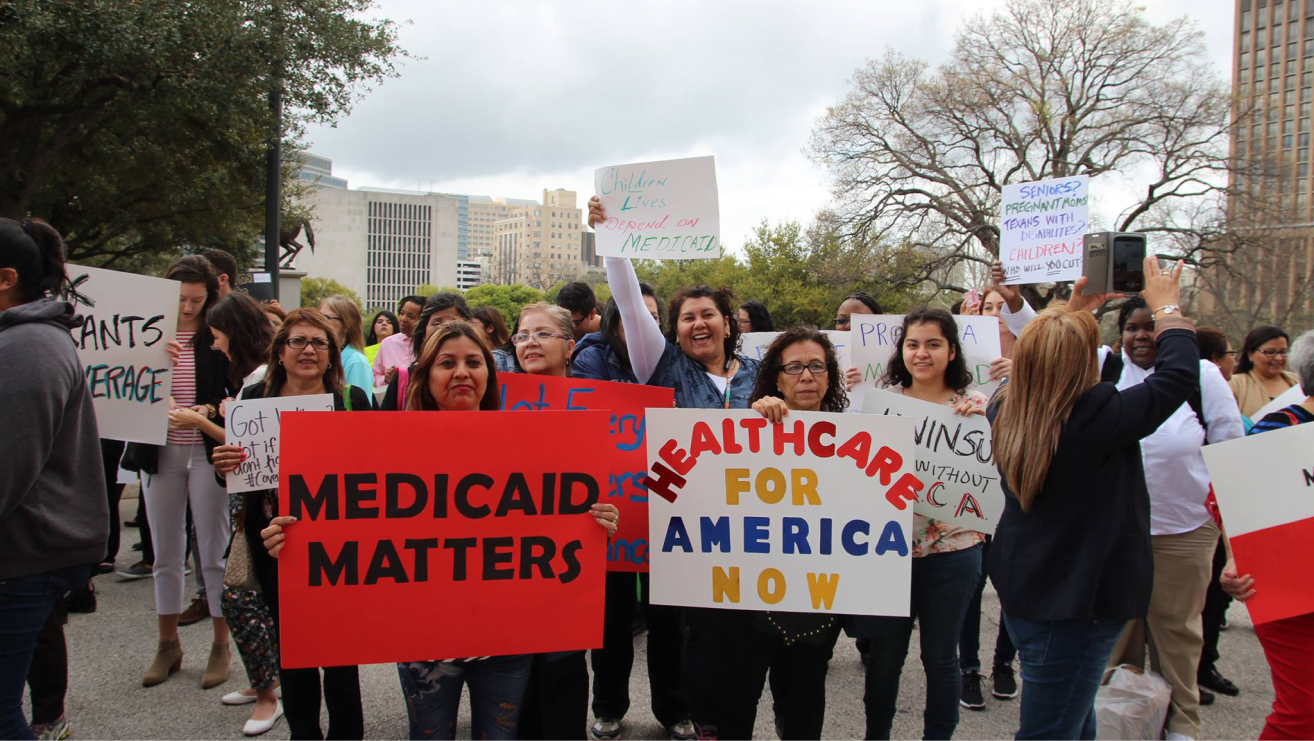Health Equity: Community Catalyst’s Guiding Principles, Projects and People
This is the first in a series of blog posts that will share Community Catalyst’s vision for achieving health equity in the U.S. health care delivery system.
Since the introduction of the Affordable Care Act, the uninsured rate has dropped by over 50 percent for African Americans and by over 25 percent for Hispanics. These figures indicate meaningful progress in coverage, but there is much more that needs to be done to move toward truly equitable access to care and quality of care received. Here at Community Catalyst, we recently reexamined and revitalized our vision of health equity. We see health equity as the realization of a state in which everyone, regardless of their geographic location or demographic profile, can attain the best possible health outcomes. We believe that our country can attain health equity through constant and wide-ranging transformational efforts focused on the systems and institutions that have created historical and contemporary injustices in our society.
The health equity vision at Community Catalyst is based on the following five guiding principles:
- Reduce health inequities/disparities: Health inequities/disparities are those differences in health outcomes between population groups that are avoidable, unfair and unjust.
- Eliminate barriers to quality care: Advocating for adequate access and robust benefits that support culturally and linguistically competent care is necessary to break down the barriers that have prevented some groups from receiving quality care or from seeking care in the first place.
- Address structural injustices: Explicit recognition of the role of institutional injustices/discrimination, particularly structural racism, in driving health inequities/disparities, and taking steps to transform this dynamic within the health care system, is necessary to improve the quality of care for marginalized communities.
- Promote meaningful engagement from diverse consumers: A diverse consumer base must be mobilized and empowered to ensure everyone’s health needs and concerns are being acknowledged and addressed.
- Foster leadership: Underserved communities across the United States have pent up leadership potential that is uniquely positioned to bring together the voices of their communities and advocate for the needs, interests and concerns of their community.
These guiding principles were rolled out to the Community Catalyst staff as part of a thought exercise in which examples were solicited of the ways in which the organization strives to put these principles into practice. These examples were collected from the staff over the course of five weeks. This blog series is a culmination of the responses we received, and will consist of five posts following this one, covering one of our health equity principles in each. Each blog will include an explanation of the Health Equity principle from a Community Catalyst perspective, an example of our work within the context of that specific principle, and a brief interview with a staff member involved with the example. In the coming weeks we welcome you to join us as we explore what more can be done advance health equity.
Shruti Shantharam
Health Equity Intern
